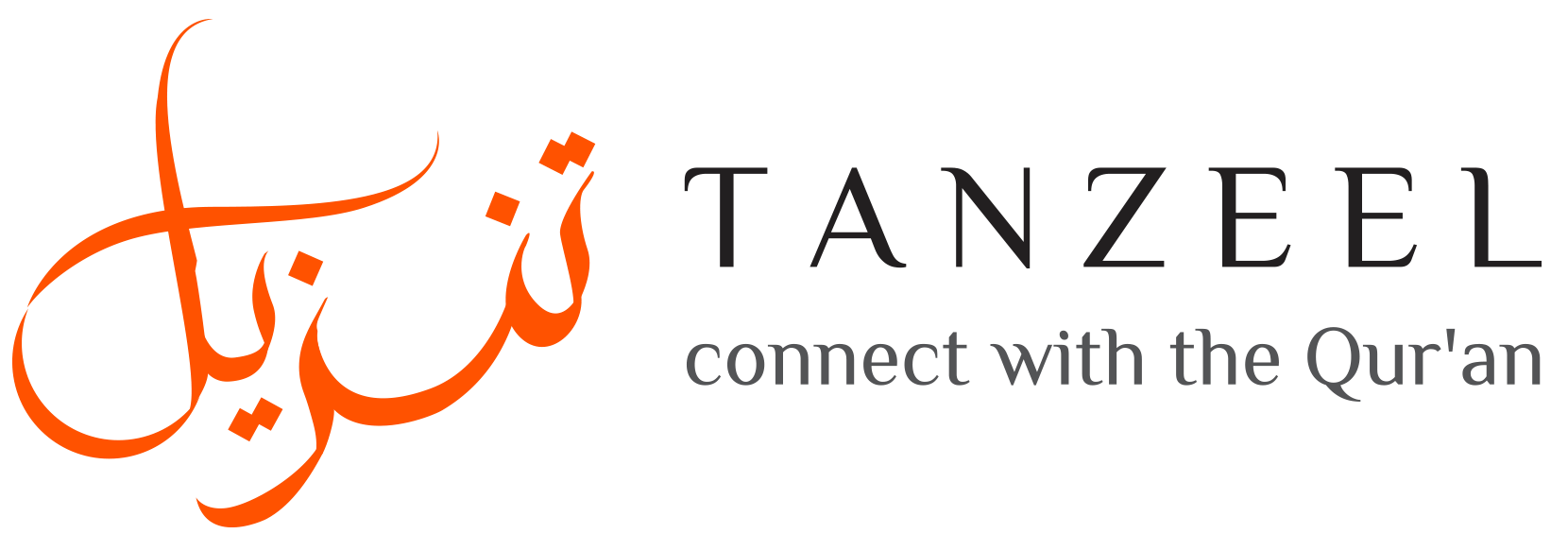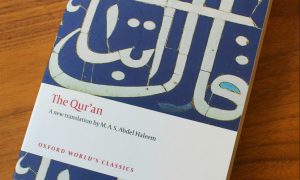There are two main types of written Arabic:
- Classical Arabic – the language of the Qur’an and classical literature. It differs from Modern Standard Arabic mainly in style and vocabulary, some of which is archaic. All Muslims are expected to recite the Qur’an in the original language, however many rely on translations in order to understand the text.
- Modern Standard Arabic (اللغة العربية الفصحى / al-luġatu l-ʿarabiyyatu l-fuṣḥā) – the universal language of the Arabic-speaking world which is understood by all Arabic speakers. It is the language of the vast majority of written material and of formal TV shows, lectures, etc.
Each Arabic speaking country or region also has its own variety of colloquial spoken Arabic. These colloquial varieties of Arabic appear in written form in some poetry, cartoons and comics, plays and personal letters. There are also translations of the bible into most varieties of colloquial Arabic.
Notable Features
- Type of writing system: abjad
- Direction of writing: words are written in horizontal lines from right to left, numerals are written from left to right
- Number of letters: 28 (in Arabic) – some additional letters are used in Arabic when writing placenames or foreign words containing sounds which do not occur in Standard Arabic, such as /p/ or /g/. Additional letters are used when writing other languages.
- Most letters change form depending on whether they appear at the beginning, middle or end of a word, or on their own.
- Letters that can be joined are always joined in both hand-written and printed Arabic.
- The long vowels /a:/, /i:/ and /u:/ are represented by the letters ‘alif, yā’ and wāw respectively.
- Vowel diacritics, which are used to mark short vowels, and other special symbols appear only in the Qur’an. They are also used, though with less consistency, in other religious texts, in classical poetry, in books for children and foreign learners, and occasionally in complex texts to avoid ambiguity. Sometimes the diacritics are used for decorative purposes in book titles, letterheads, nameplates, etc.




Responses